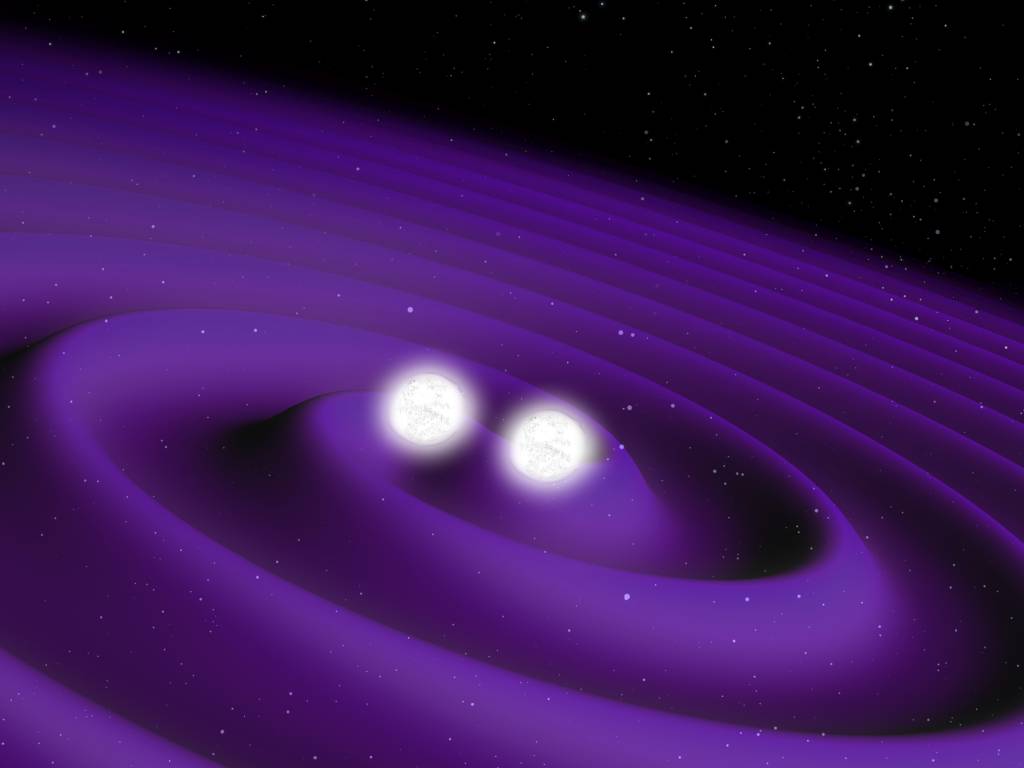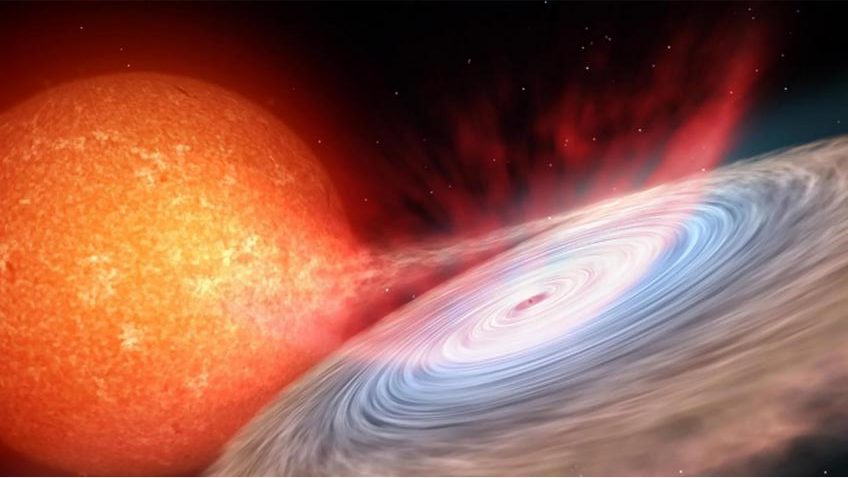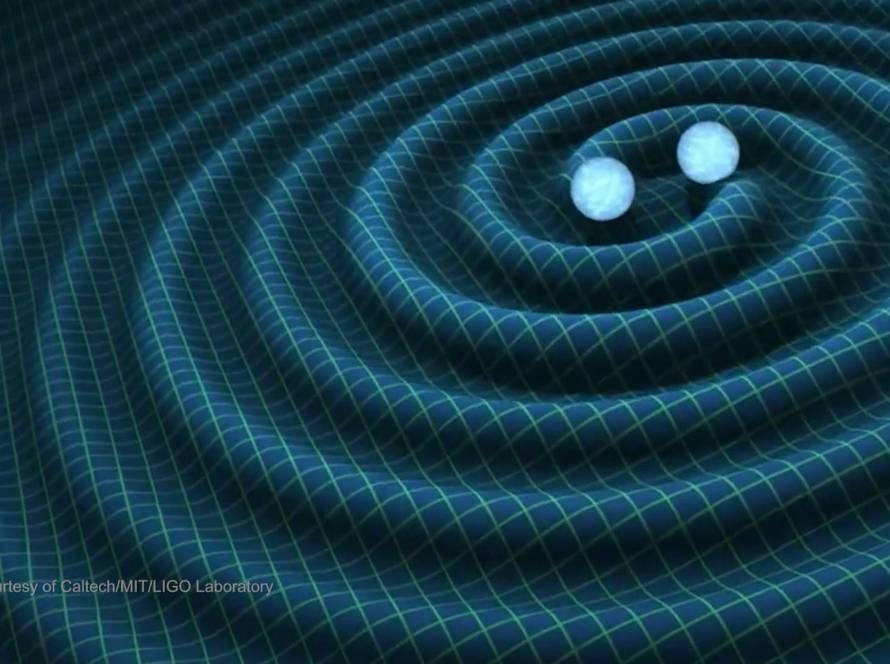
What we study
Our work focusing on computing large-scale atomic data and opacity values for all heavy elements ranging from Calcium (atomic number, Z = 20) to Lawrenium (Z = 103), with special attention to lanthanides (Z = 57-71) and actinides (Z = 89-103) is recently accepted for publication (Deprince et al. 20241). These calculations cover typical conditions in kilonova ejecta, from one day to a week after a neutron star merger, when the ejected material is still bright and observable. To achieve this, we employed sophisticated computer models based on a well-established approach called the pseudo-relativistic Hartree-Fock (HFR) method.
We find that lanthanide opacities are higher than previously estimated (see Deprince et al, Fig. 8). However, one surprising outcome of our work is that contrary to past assumptions, lanthanides are not necessarily the dominant contributors to overall kilonova opacity. In our study, we compare the impact on KN light curves of considering such atomic-physics based opacity data instead of empirical approximations in the literature (see Deprince et al, Fig. 121). Additionally, our study highlights the importance of considering the full composition of the ejecta when determining its opacity, rather than treating elements in isolation.
Why this matters
Using detailed, physics-based opacity models instead of rough approximations allows for much more accurate predictions of KN light curves and spectra. This helps astronomers interpret real observations and re ne our understanding of how NSM create the universe’s heaviest elements. By improving these models, we take a step closer to solving the cosmic mystery of how the elements around us { from zinc to uranium { were forged in the most extreme environments in the universe.
Sharing our findings
To support future research, we have compiled all our atomic data and opacity tables into a publicly available database, providing a valuable resource for the scientific community.
References
[1] Deprince, J., Wagle, G., Ben Nasr, S., et al. 2024, arXiv e-prints, arXiv:2412.16688



